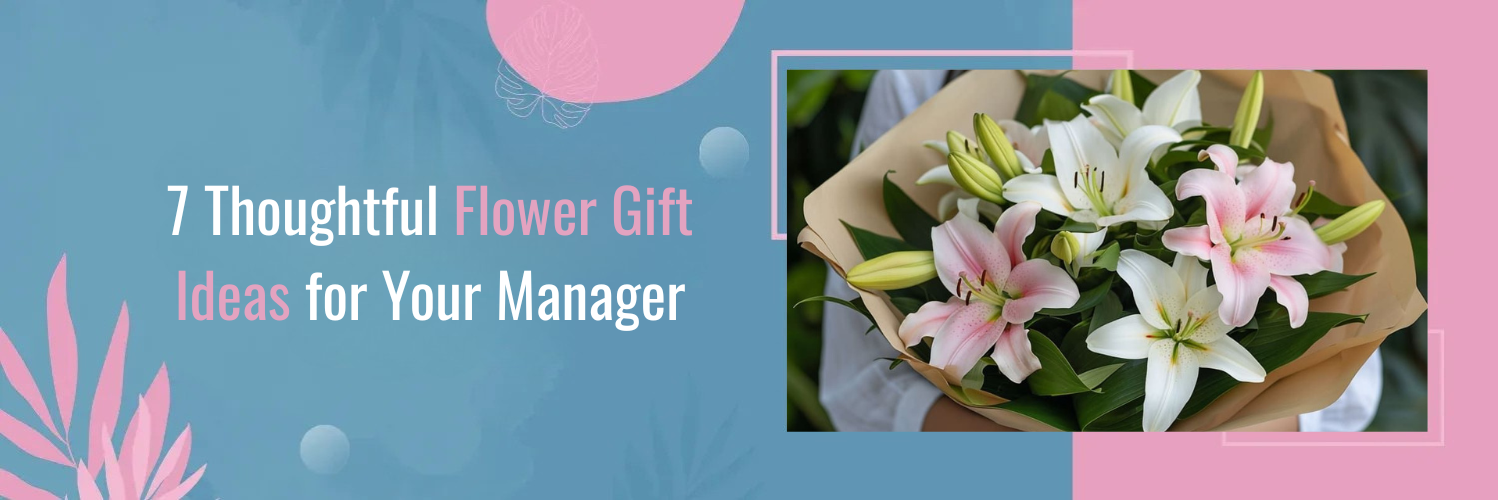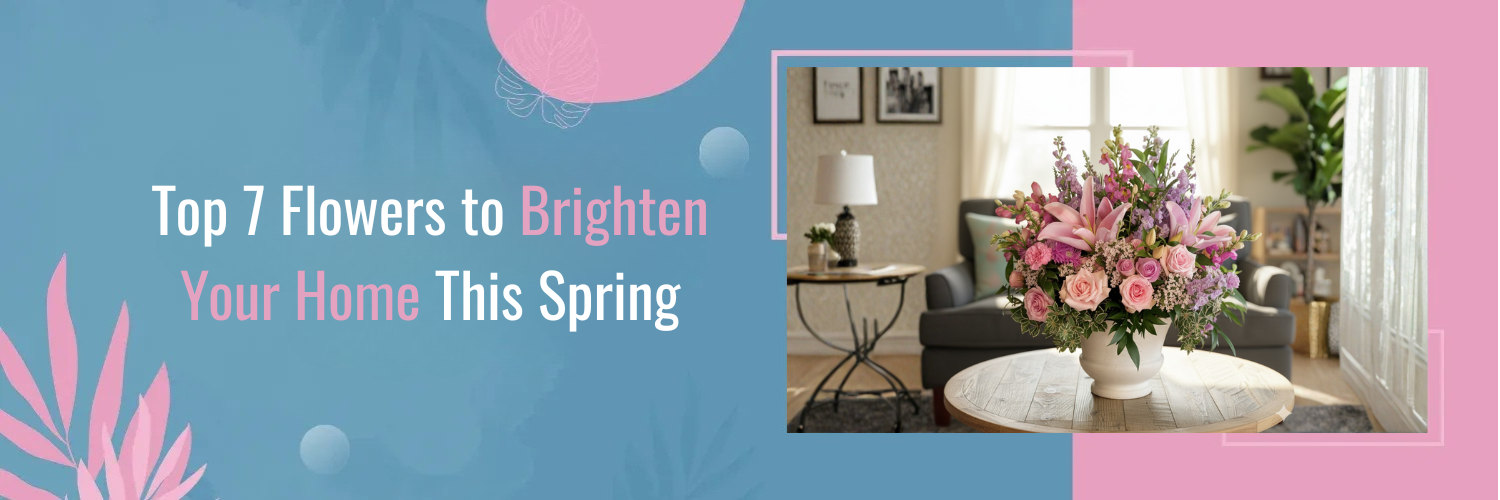Flowering Weeds
Flowering weeds often go unnoticed or unappreciated in the world of gardening and landscaping. They sneak into our lovely backyards, adding unexpected splashes of color and texture. From the charming petals of the violet to the velvety leaves of the clover weeds, each weed carries its own unique allure. In this post, let’s delve into the intriguing world of these uncelebrated blooms, presenting silent botanical exhibitions on our lawns, and lifting the veil on the secrets they hold.
The Underestimated Beauty of Weeds with Flowers
It’s easy to dismiss weeds as unwanted intruders, but many of them possess a unique charm. Their ability to curl in diverse conditions and their often vibrant and delicate blossoms are a testament to nature’s adaptability and creativity. Known for their resilience, weeds like chamaenerion angustifolium, or the yellow ray flowers of the curly dock and black medic, can often be the only source of sustenance for bees and butterflies, especially in early spring or late fall when other blooms might not be available. Moreover, weeds such as the black medic and the shamrock weed, otherwise known as common yellow woodsorrel, not only have distinct heart-shaped and clover-like leaves but also flourish in tightly compacted soil. Isn’t it fascinating how nature’s oft-dismissed creations can support intricate ecosystems?
Reasons Why We Should Notice These Pretty Weeds in Our Garden

Beyond their visual appeal, flowering weeds play crucial ecological roles. They provide nectar and pollen for pollinators, serve as habitat for wildlife, and even have medicinal or culinary value in some cases. Recognizing and appreciating their contribution can lead to more sustainable and biodiverse landscapes.
Dandelions
Dandelions, with their bright yellow blossoms and distinctive, tooth-like leaves, are often regarded as unwelcome intruders in well-manicured lawns. However, beneath their status as common lawn nuisances lies a fascinating and resilient wildflower that has much to offer.
A Weed with Yellow Center and White Flowers
Dandelions are easily identifiable by their striking appearance. These taraxacum dandelions possess deeply lobed leaves that form a rosette at ground level. Their bright yellow ray flowers, resembling miniature suns, are held atop slender, hollow stalks, adding to their iconic look. This unique look makes dandelions stand out in any landscape, whether you admire them for their resilience or wish to remove them from your property.
Dandelion’s Impressive Taproot System
Beneath the surface, dandelions possess an impressive taproot system extending deep into the soil, sometimes reaching up to a foot or more in length. This taproot serves multiple functions like anchoring the plant securely, resisting uprooting, and also enabling dandelions to access nutrients and moisture from deep within the earth. These attributes contribute to dandelion’s adaptability and resilience as plants.
Dandelion’s Role in Herbal Medicine
Dandelions are not just pretty faces; they have a long history of use in herbal medicine. Like the curly dock, dandelions have valued potential health benefits. Its leaves, comparable to the curly dock, are rich in vitamins and minerals, while the root has been used for liver and digestive health.
Tips for Managing Dandelions
Natural and Chemical Methods for Dandelion Removal
For those who prefer a dandelion-free lawn, there are several methods available for control. Among the most effective strategies is prevention—that is, employing measures that discourage dandelion growth in the first place. One excellent way to do this is by using a weed-free growing medium and covering your garden with a thick layer of mulch, preferably winter mulch. Mulch not only prevents dandelion seeds from germinating due to frost but also prevents the spread of other unwanted weeds. You can opt for natural approaches such as hand-pulling, using specialized dandelion removal tools, or employing natural herbicides. We’ll explore these options in detail, considering their effectiveness and environmental impact. If you’re dealing with a severe dandelion infestation, chemical herbicides are another option.
Sustainable Dandelion Management Tips
We’ll discuss the pros and cons of herbicides, emphasizing responsible and judicious use to minimize harm to the environment. For those seeking a holistic approach, we’ll also share tips on sustainable dandelion management. You could consider encouraging species that limit the spread of dandelions, such as those that can colonize up to six diameters of space within two years.
Embracing Dandelions in Your Landscape
On the other hand, you might want to appreciate dandelions for their role in the ecosystem and their value to pollinators. Their yellow centers and white flowers, which sit at the top of their stalks forming a triangular-shaped head, also have an enchanting beauty. We’ll suggest creative ways to incorporate dandelions into your outdoor spaces, from creating dandelion-inspired art to using their edible parts–like baby leaves and the white liquid from their stalks–in culinary creations. Dandelions can indeed be a source of boundless fascination and joy when viewed through a different lens.
Queen Anne’s Lace
Amidst the tapestry of wildflowers that grace our landscapes, Queen Anne’s Lace stands out as a testament to nature’s intricate beauty. This elegant and delicate wildflower, also known as wild carrot, adorns fields and roadsides with its lace-like blooms. In this section, we’ll delve into the captivating world of Queen Anne’s Lace, exploring its unique characteristics, historical significance, and the ways you can manage or celebrate its presence in your environment.
The Elegance of Queen Anne’s Lace
Queen Anne’s Lace can be readily identified by its intricate and lacy white flowers. The flowers, favored by butterflies and other beneficial insects, are quite a spectacle that stands majestically on slender stalks. Each flower head consists of numerous small, umbrella-like clusters that create a delicate and captivating appearance, able to curl in the interest of every onlooker. Understanding how to distinguish this wildflower from similar-looking plants is the first step in appreciating its unique beauty.
The Intricate Structure of Its Flower Head
At the heart of Queen Anne’s Lace’s allure is its flower head, which closely resembles lacework. We’ll take a closer look at the tiny individual flowers that make up the larger, composite flower head. The symmetry of its architecture, along with its significant diameter, makes it a fascinating subject for close observation and admiration. This unique flower structure doesn’t just lure butterflies; it’s also a nod to the marvelous complexity of nature’s design.
A Cultural Dive into a Weed with Heart-Shaped Leaves and White Flowers
Queen Anne’s Lace has earned its name from a story in European folklore. We’ll explore this tale and other historical references to understand why it has been associated with the English queen Anne. Additionally, we’ll touch upon its role in various cultural traditions and its symbolism in different parts of the world.
Tips for Managing Queen Anne’s Lace
Preventing Queen Anne’s Lace Invasion
While Queen Anne’s Lace’s delicate appearance may suggest harmlessness, it can become invasive in certain environments. For those concerned about its spread, we’ll discuss strategies for managing and preventing it from overwhelming your garden or landscape. Key to this prevention is avoiding seed proliferation and using measures like deep tillage root system management and pulling out plants. Early identification and timely action are essential to keeping its growth in check.
Using Queen Anne’s Lace in Floral Arrangements
For those who appreciate Queen Anne’s Lace’s beauty, we’ll suggest creative ways to incorporate it into floral arrangements. Its intriguing flowers make it a fantastic enhancement for bouquets and centerpieces, introducing nature’s elegance into your dwelling.
Balancing Queen Anne’s Lace in Your Garden
For a more balanced approach, we’ll explore ways to coexist harmoniously with Queen Anne’s Lace. It can be allowed to bloom in chosen garden areas, fortifying biodiversity and attracting pollinators. For instance, a well-planned use of mulch can inhibit the weed’s germination while promoting the growth of wanted plants. Understanding its growth patterns and ecological role can help you strike the right balance between cultivation and control.
Chicory
Chicory, with its vibrant blue flowers and distinct culinary and medicinal uses, brings a touch of the Mediterranean to gardens and landscapes. This resilient and versatile plant offers both aesthetic beauty and practical value. In this section, we’ll explore the unique features of chicory, from its recognizable blue blossoms to its role in coffee substitutes, and delve into how you can cultivate, control, or simply appreciate its presence in your environment.
Chicory’s Unique Features: A Sneak Peek into Weed That Looks Like a Daisy
Recognizing Chicory’s Blue Flowers
Chicory’s bright blue flowers, reminiscent of clear Mediterranean skies, are a defining characteristic. Delicate, their appearance might lead some to mistake them for a daisy fleabane, a weed-like flower whose petals bear a striking resemblance to daisies. Detailed in the vast botanical world, fleabanes are known for their fibrous roots which morph into a taproot over time, and single flowers attached to each of their stalks. As for Chicory, their stunning blossoms pave the way in recognizing this plant and appreciating its beauty, whether it majestically stands alone in your backyard or seamlessly blends with other natural landscapes.
Culinary and Medicinal Uses of Chicory
Chicory has a rich history of culinary and medicinal uses. Its leaves, not unlike the tripartite clover leaves cherished by the Irish as shamrocks, are commonly used in salads, bestowing a slightly bitter and nutty flavor. Despite clover’s association with the mint family, its taste gravitates towards the earthy flavor profile of kale. Similar to the clover weeds, chicory has been recognized for its potential health benefits, particularly for digestive health and liver support. By seamlessly blending these components, we’ll delve into the various ways chicory, like the evergreen clover weed, can enrich your diet and wellness routine under the right sunlight and soil pH conditions.
Chicory’s Role in Coffee Substitutes
One of Chicory’s unique contributions is its role in coffee substitutes. Much like how goldenrod and solidago sp, despite their invasive, weed-like behaviors, allure bees and butterflies to gardens, chicory root– when roasted and ground– transcends the boundary of being a pesky violet or oxalis weed. It becomes a beneficial contributor to the biodiversity in your garden, functioning as a coffee alternative or extender. We will explore the history of chicory in coffee, akin to the journey of the oxalis weed from an unwanted intruder to a plant radiating with attractive five-petal flowers , and how you can prepare your own chicory-based brew, giving a new life to your backyard’s evergreen beauty.
Tips in Cultivating and Controlling Chicory

























